For a long time, I had been postponing the dream of traveling to Cusco and Puno, the desire to learn more about this ancient land; now, as I find myself at the airport, emotions run high as I await boarding the plane, ready to embark on my adventure in this corner of the Andes.
Visiting Cusco and Lake Titicaca in twelve days is an opportunity to explore every corner of the Peruvian Andes, particularly the magical city of Cusco. Roaming its cobblestone streets and colonial architecture unveils stories of a glorious past, where the Incas ruled these lands with wisdom and grandeur.
After exploring Cusco and its surroundings, you'll embark on an exciting adventure to the mystical Lake Titicaca. This lake, with its crystal-clear waters, stands as the highest navigable lake in the world, surrounded by majestic mountains.
The best time to travel to Cusco, Peru, is generally during the dry season, which runs from May to September. During these months, the weather is more stable, with sunny days and pleasant daytime temperatures.
The day has arrived to explore the thrilling city of the Incas, a city that still preserves its culture, tradition, and many exciting things. Best of all, I'll get to visit the beautiful city of Machu Picchu.
Once again, I find myself in this beautiful South American country, and as my first stop, I arrived in Lima - the capital of Peru. I arrived in the afternoon and rested because the journey was long; besides, it was necessary since the next day I would arrive in the city of Cusco.
I only visited a few streets of the city to avoid feeling too bored. The next day, I woke up very early for breakfast before arriving in the city of Cusco and starting my adventure.
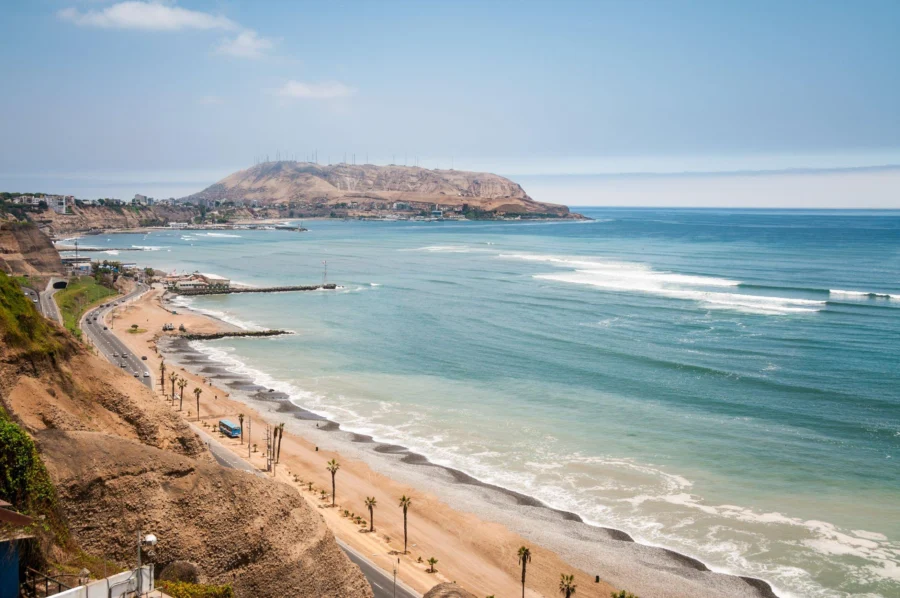
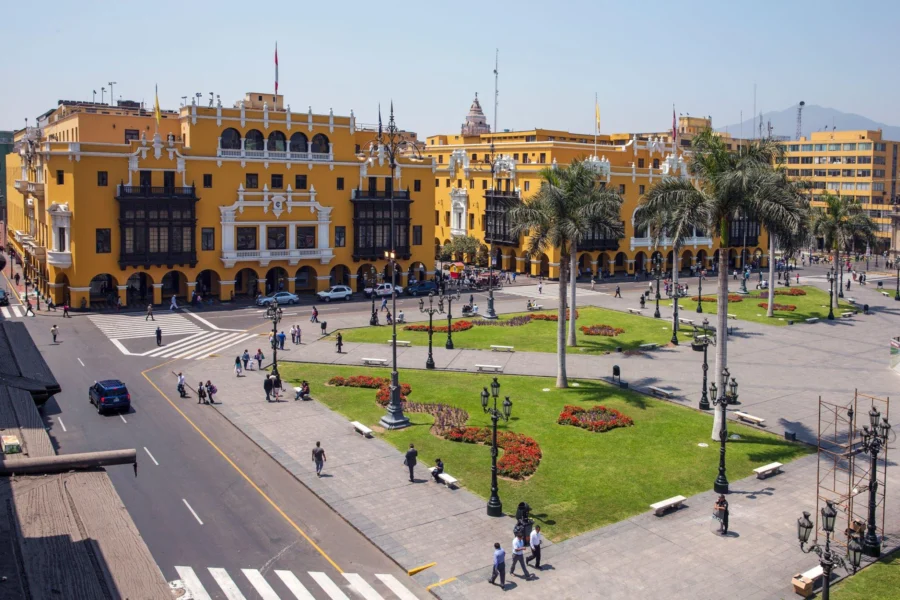
The capital is known as the city of all flavors; here, Peruvian cuisine is concentrated. Therefore, if you want to taste the best of Peru, you can visit these restaurants, which are rated as the best for Peruvian food.
At the scheduled time, I descend on Inca soil, for which I previously arranged the tour with the Terandes travel agency, who will pick me up at the airport upon my arrival.
After meeting the guide who will take me through all the Inca sites, we head in a private vehicle towards the Sacred Valley of the Incas. During the journey, we will visit Awana Kancha, a site for experimenting with Andean camelids, where they teach us about craftsmanship and the weaving process.
Likewise, you spend time with the alpacas and llamas, they show you their ceramics and all the garments they make, and that's not all, you directly share with the locals their daily activities.
After visiting this textile center, we head to the Pisac market, where we see several sales stalls offering clothes, paintings, textiles, souvenirs, among other little things that you can take as a memory.
If you are interested in mysticism, this will interest you because the guide tells us that healers will come to accompany us throughout the journey. After visiting these beautiful places, we rest in Pisac so that the next day we can go to Ollantaytambo.
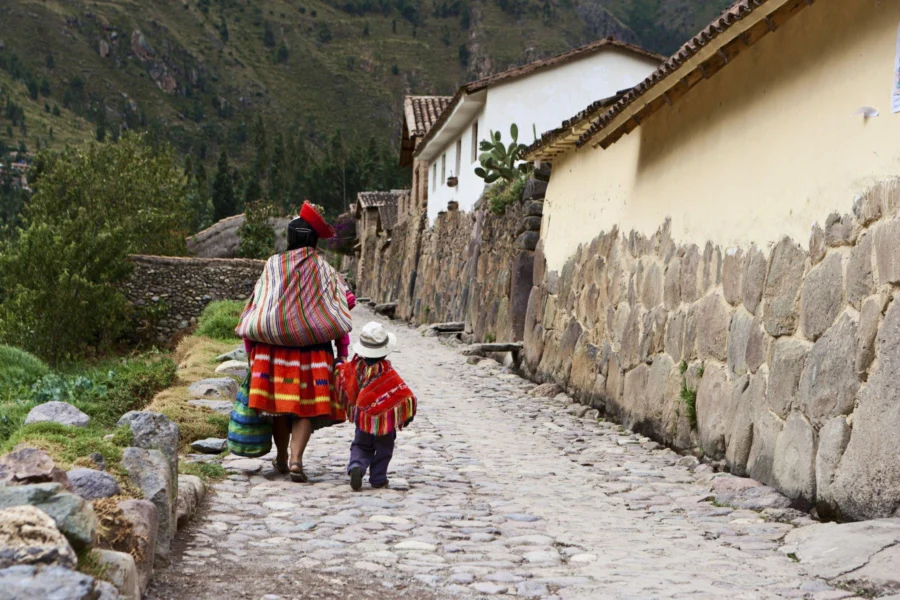
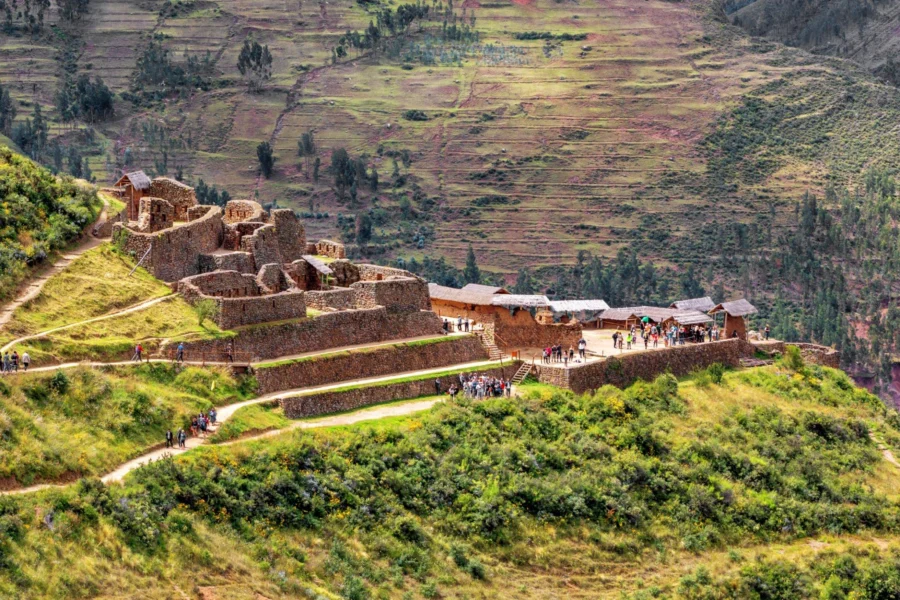
Peruvian food is found in all regions of the country. Upon coming to Cusco, I found a variety of restaurants offering renowned dishes. You can visit these restaurants: La Ruta, Cuchara de Palo, Antica Osteria Pisac, Ulrike's Café, and Restaurant.
These places are known for merging Peruvian cuisine with dishes from Latin America, Italy, Japan, and other options.
This day is essential because we will visit the archaeological site of Pisac, an archaeological park characterized by incredible stone constructions and impressive agricultural terraces. I got to know the incredible Tanqana Marka cemetery, and here comes the beautiful part of this journey.
We were able to perform a ceremony called "Allpay" for purification and healing, for which we first asked permission from the Apus and Achachillas; this ritual is done with coca leaves.
After performing this activity, we went down to the Pisac market, where we are given time to walk around the place alone, and after a specified time, we meet at an agreed-upon point.
After walking through those historical streets, we went to have lunch to go to Ollantaytambo and discover its attractions. On the way down, we made a stop to visit Ñaupa Iglesia, an astronomical-religious site, to reach this site, we must climb some stairs to this cave.
This place is characterized by having a stone carved in the shape of Chacana or Andean Cross, perfect for meditation or wanting to connect with Pachamama, and we continue our journey to the town of Ollantaytambo, where we stayed for the night. We must rest because the next day we will also go to Aguas Calientes.
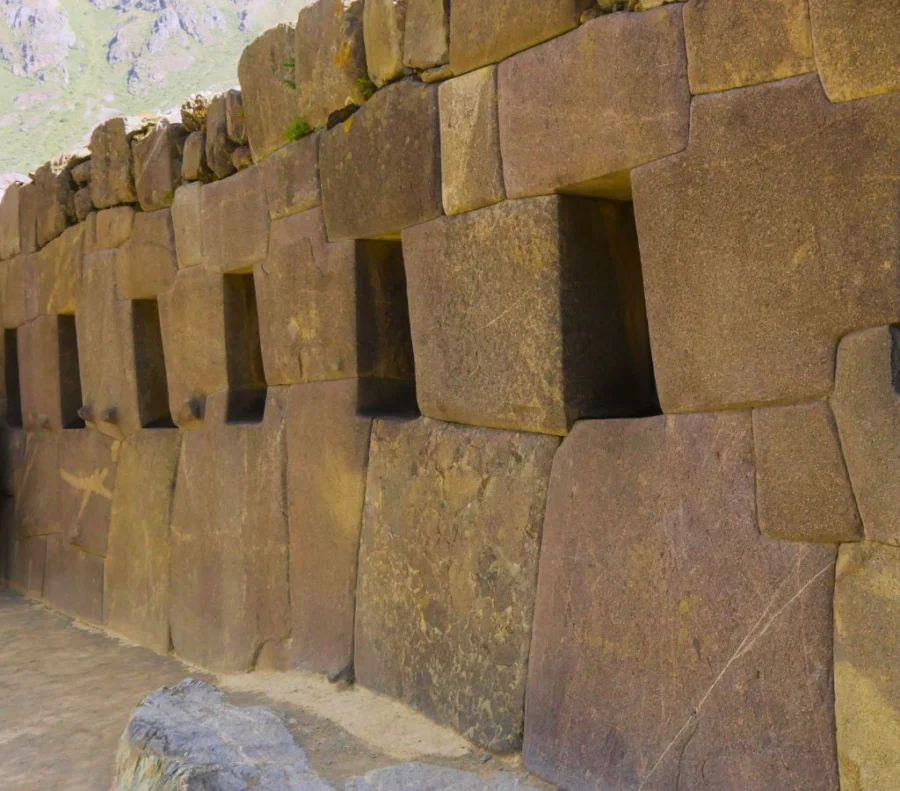
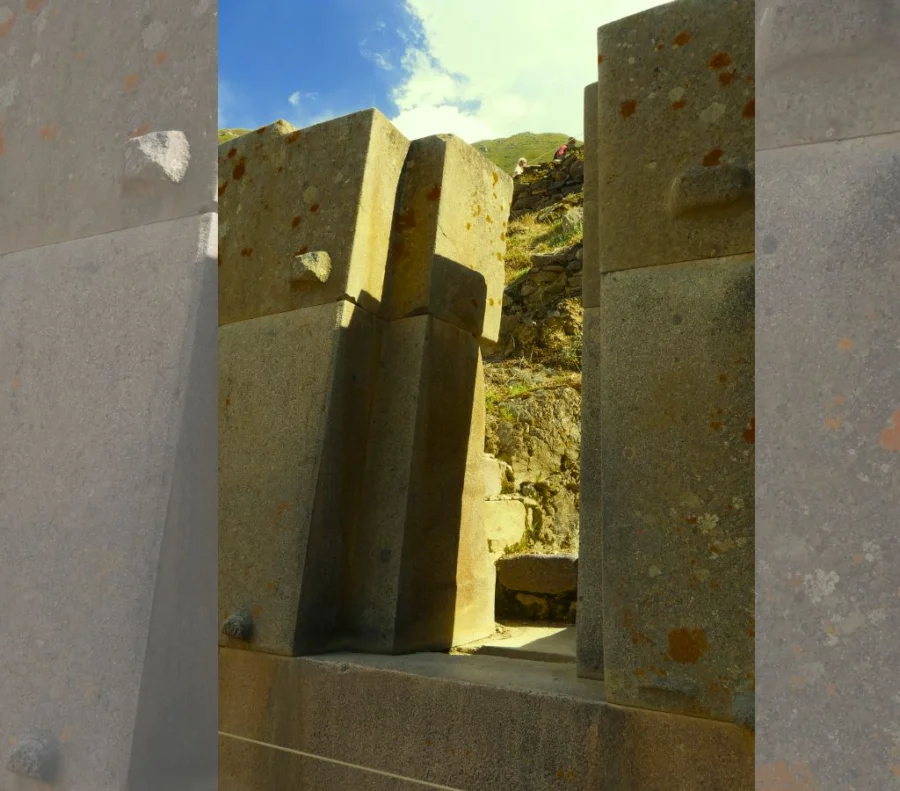
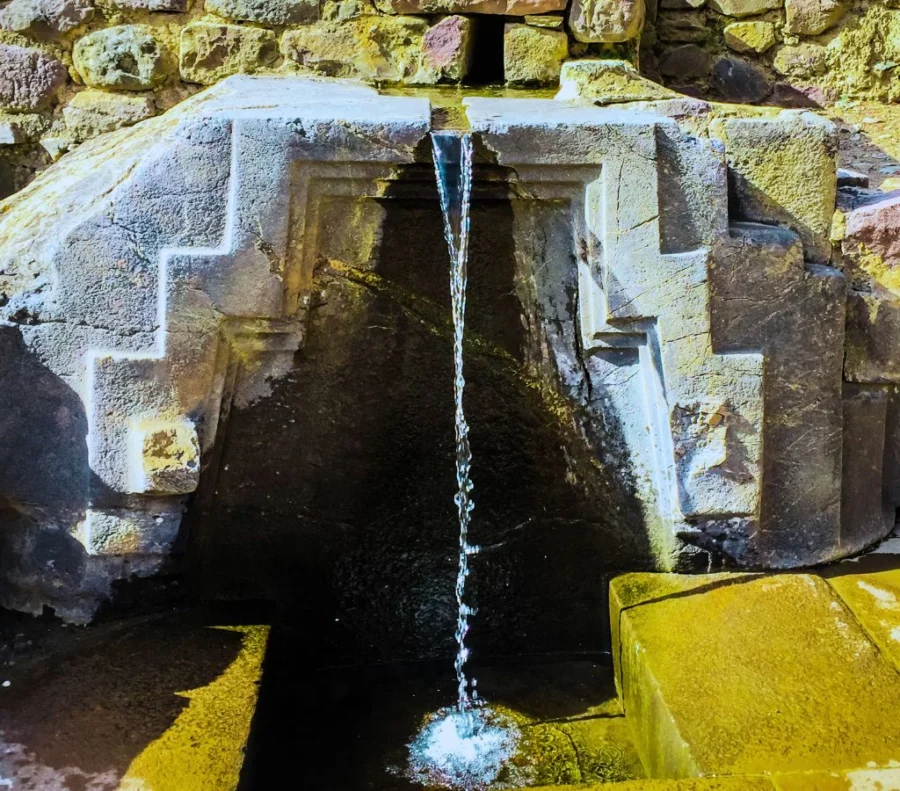
In this case, we will have lunch at the most recommended restaurants: Albergue Restaurant (offers Peruvian, international, and fusion cuisine), Apu Veronica Restaurant (Peruvian, Latin, bar, grill, and pub), Uchucuta Restaurant Ollantaytambo (vegetarian, Latin, Peruvian food). These are some of the restaurants where you can go to taste each Cusco dish.
Today we had an early breakfast to go to the Málaga Pass and visit that small bird reserve known as Cinclodes (a bird native to the region). Then, I climb to the highest part to see the snowy peaks of Huacay Huillca or the other snowy peak, Salkantay.
Here, we will perform a ceremony known as "Ayni Karpay," which consists of transmitting energies from the Apu Achachilla; this occurs between the shaman and the participant, and vice versa. This way, we recharge ourselves with all that spiritual energy.
After having that beautiful experience, we head towards the town of Ollantaytambo, where we will have lunch and rest because we had an exhausting day, and then we go to the Temple of the Wind or Ollantaytambo.
Later, we go to Aguas Calientes - Machu Picchu, for which we must go to the train station and spend the night here. Also, one of the most anticipated days is approaching, which is to ascend to the Machu Picchu Historical Sanctuary.
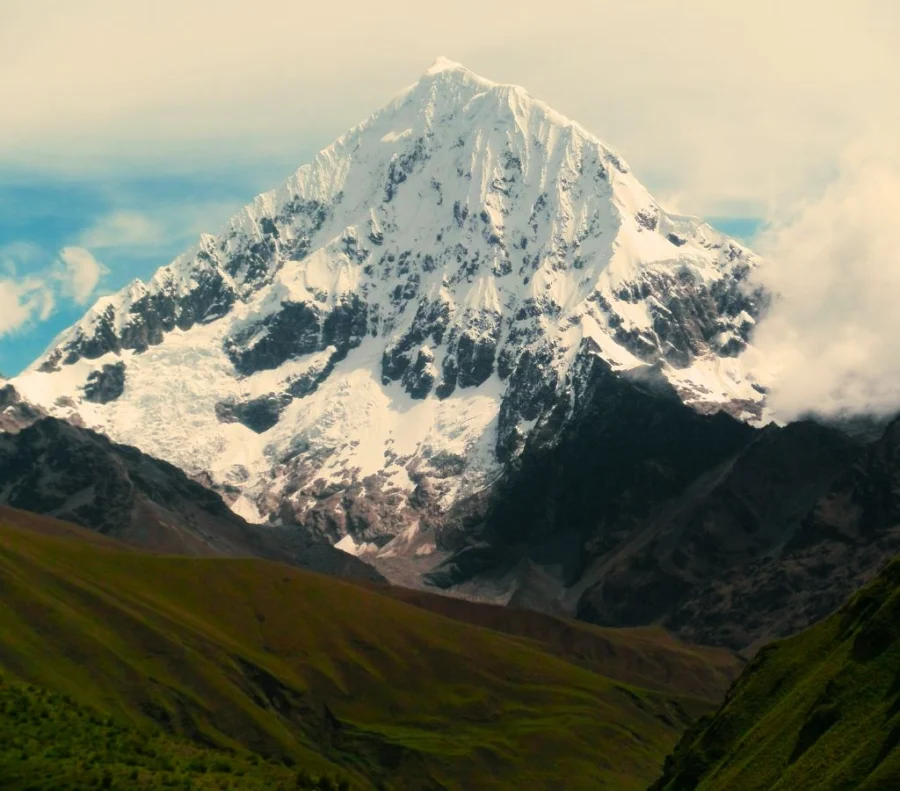
This marks my fifth day visiting Cusco. Today, I find myself in the high jungle region, surrounded by lush greenery where nature speaks in its own language. Our destination is Mandor, a waterfall exuding immense harmony.
It's a uniquely wonderful place, and being in the Peruvian jungle allows us to witness Peru's emblematic bird, the Cock-of-the-Rock, with its stunning plumage, deemed the national bird of Peru.
We're informed that Mandor is considered the lung of the city of Cusco, showcasing a diverse array of flora and fauna. Along the way, I'm mesmerized by the beauty around me—the vibrant and varied orchids, a multitude of butterflies, dragonflies, and more.
The hike takes approximately 45 minutes. The path is well-marked, following the train tracks, enveloped by plants and trees until we reach the Mandor waterfall, where one can take a refreshing dip. After spending some time there, we backtrack along the same path.
Next, we head to Melchor Arteaga's house, where we share our experiences, including our participation in an Andean baptism ceremony by Hyundai Chaska, held at the Mandor waterfalls.
Following our gathering, we board a bus bound for the archaeological site of Machu Picchu. There, we spend two hours exploring every house, sacred plaza, sacred rock, and other significant sites, including the agricultural terraces surrounding the citadel's base.
It's an unforgettable experience; the site resonates with the grandeur of past achievements, an energy palpable only when present. The panoramic view of the Andean jungle, with its verdant mountains and snow-capped peaks in the distance, is truly spectacular a sight unique to Machu Picchu.
After touring the archaeological site, we return to the village. With the afternoon free, I take a stroll through Machu Picchu village, captivated by its small size and its surroundings of towering mountains and the Vilcanota River.
That evening, I indulge in the thermal waters of Aguas Calientes, a soothing experience for body and mind. Later, I dine at one of the local restaurants, where I enjoy the delicious Lomo Saltado accompanied by refreshing chicha morada.
As night falls, the city takes on a beautiful glow, and I retire to my hotel room, knowing we'll rise early to catch the train for our next adventure to Ollantaytambo.
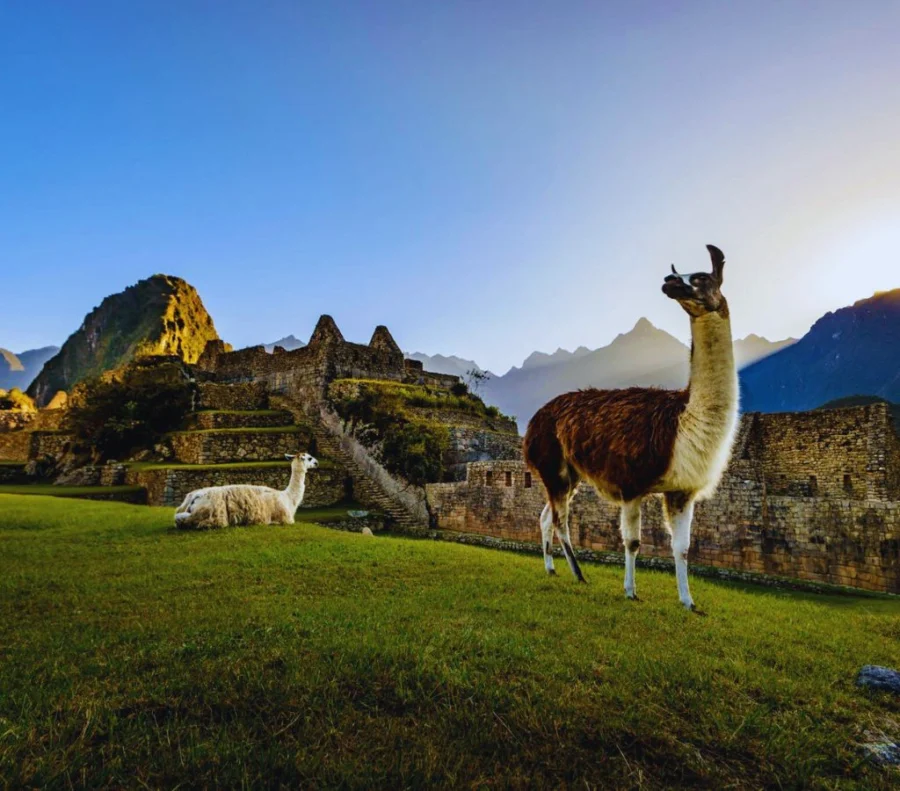
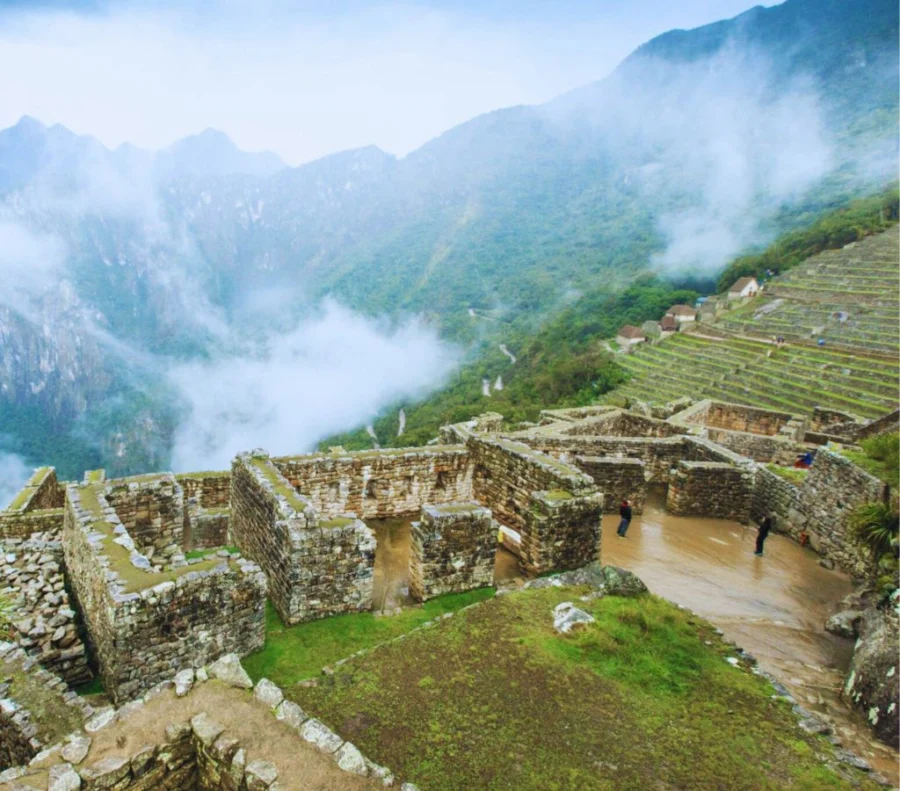
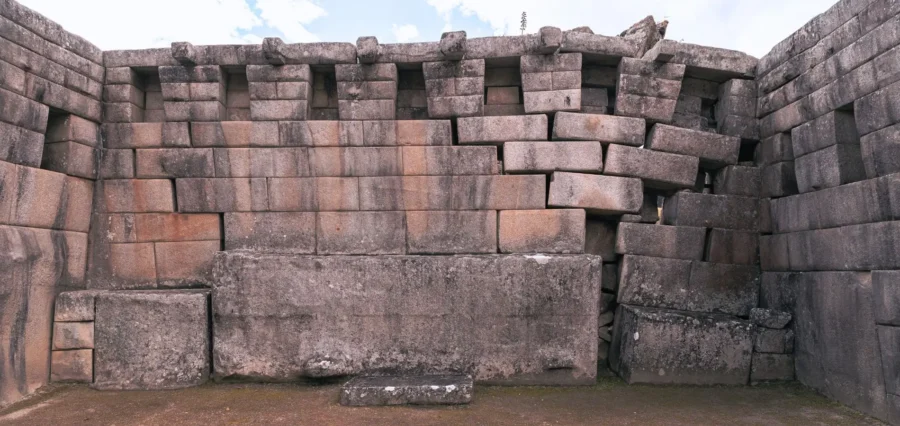
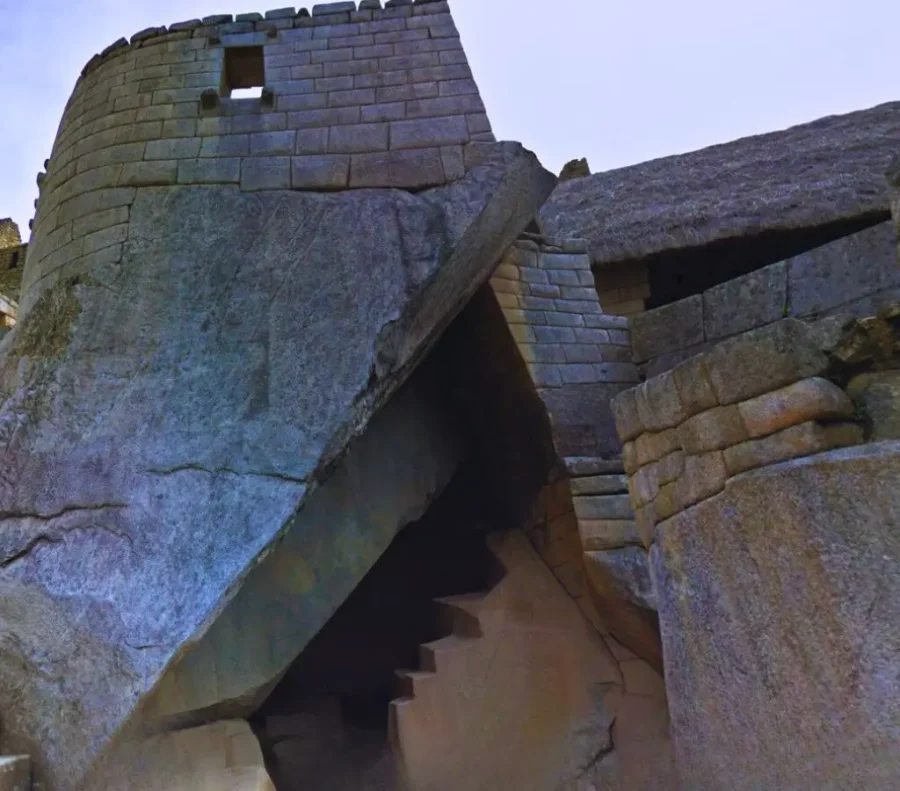
We depart early from Machu Picchu village or Aguas Calientes for Ollantaytambo, accessible only by train. From there, we proceed to Chincheros, Cusco.
Chinchero is renowned for its handmade Incan textiles, crafted by local women who use plants and other natural elements for dyeing. Each textile reflects their daily lives, history, and culture—a testament to the artisans' craftsmanship.
After visiting the artisans' homes, we return to Cusco to explore its tourist sites. Arriving in the afternoon, we visit the Temple of the Sun or Q'oricancha, the city's most significant site, where the Incan Empire's principal deity was revered.
Here, we learn about the temple's original structures and its significance in Incan astronomy and the governance of Cusco. Following our visit, we retire to our hotel in preparation for the next day.
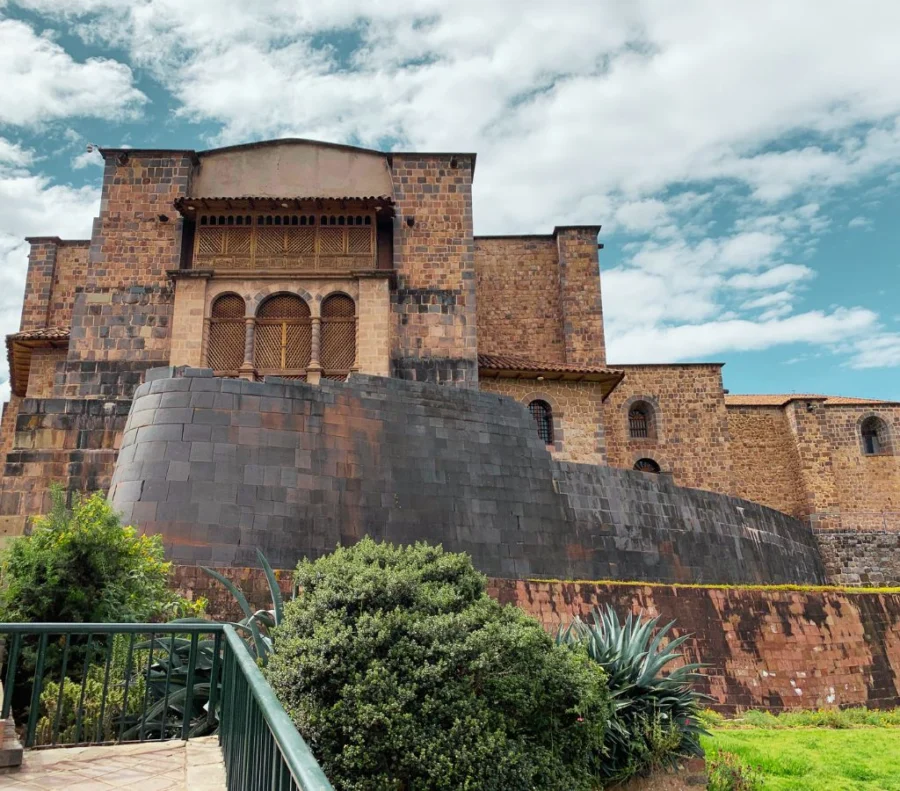
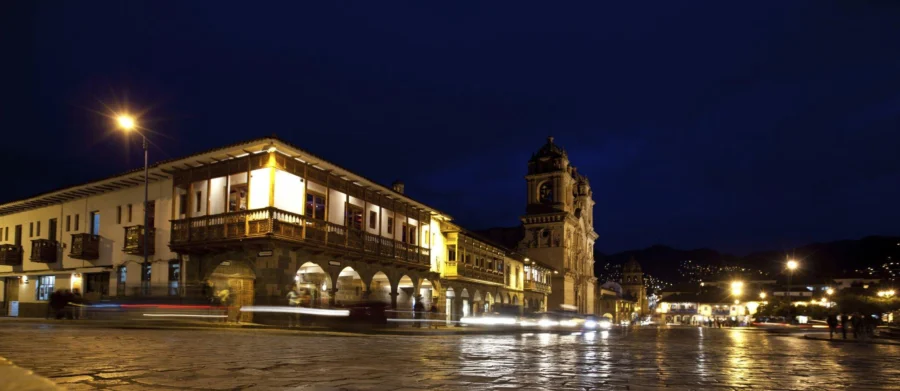
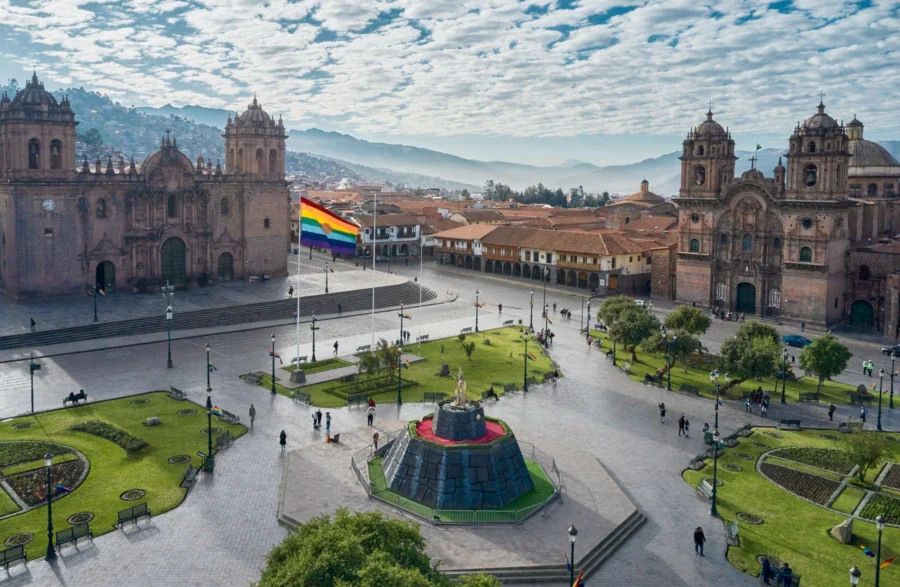
In the city of Cusco we have many places to eat, here are some of the places where you can go;
Today brings us to various archaeological sites—Qenqo, Tambomachay, Puca Pucara, and Sacsayhuaman each holding immense historical significance. Here are some highlights from our exploration:
Sacsayhuaman, an Incan city constructed from colossal stones, is a titanic archaeological complex. Its largest stone, measuring around 9 meters, took 50 years to construct during the reign of Inca Yupanqui.
Qenqo astonishes with its subterranean galleries and a stone used for offerings, indicating its religious importance. Its central plaza features a significant stone or huaca where important ceremonies were held.
Puca Pucara, known as a military outpost, boasts both upper and lower sectors with walls, terraces, and staircases, its construction distinguished by red earth.
Tambomachay, a resting place for Incan rulers, features three important water fountains, symbolizing its significance as a site of water worship. Its meticulous engineering showcases the Incas' mastery of hydraulic systems.
Visiting these archaeological wonders has been a profound experience, offering insights into Incan history and architectural prowess. The prevalence of stone construction underscores the Incas' engineering prowess.
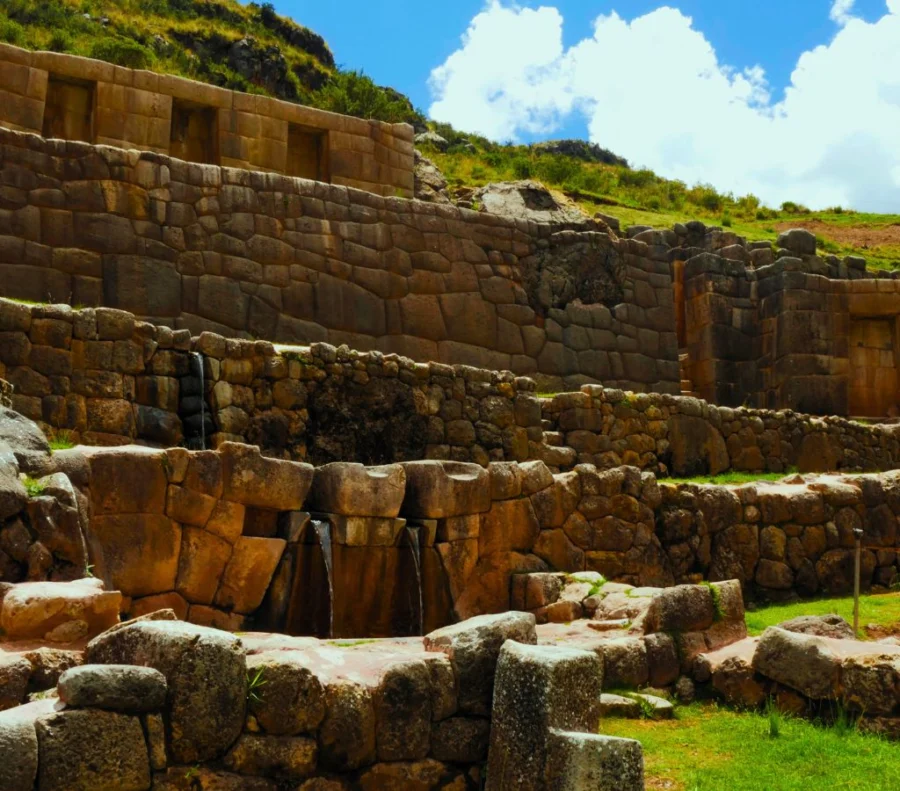
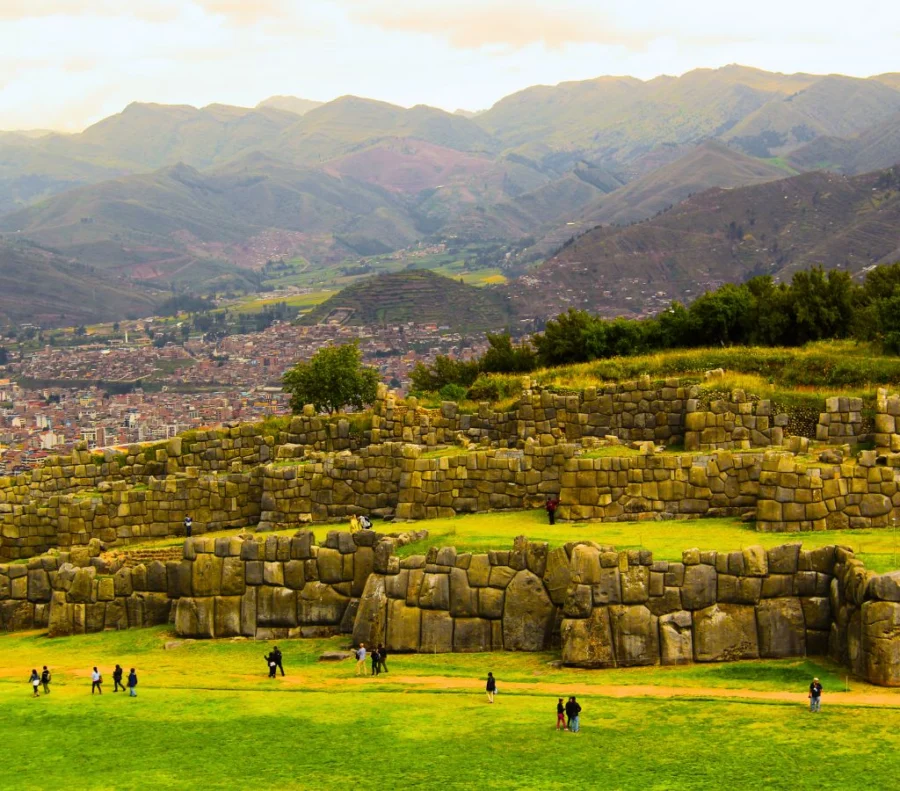
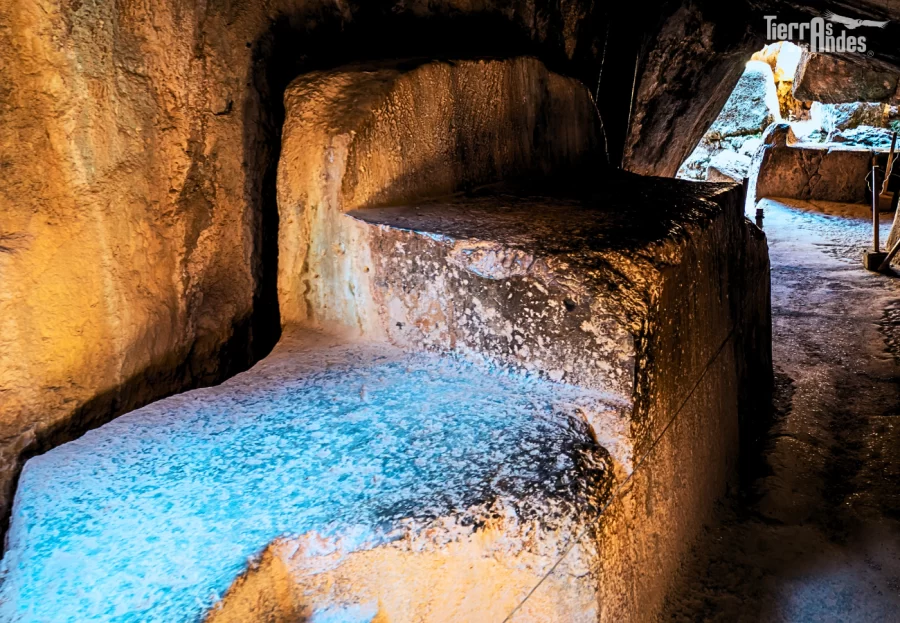
Today marks another day of exploration, amidst the abundance of wonders. Departing from the city of Cusco, we venture towards Raqchi, another destination that captivates with its tourist attractions.
Before reaching our destination, we make several stops. Our first stop is at the Collao plateau to visit Pucará, a renowned center famous for the iconic "toritos de Pucará," symbolizing protection, happiness, and fertility.
Continuing our journey, we arrive at the archaeological site of Raqchi, believed to have been constructed by Inca Pachacutec in honor of the deity Wiracocha. Here, remnants of the construction, underground tombs, and structures from the pre-Inca culture are visible.
Our day-long journey includes stops along the way, with our final one being at the Church of San Pedro de Andahuaylillas. Here, we admire the colonial religious paintings crafted by Cusco painters.
Upon reaching Puno, we settle into our accommodations, preparing for our upcoming excursion to Lake Titicaca.
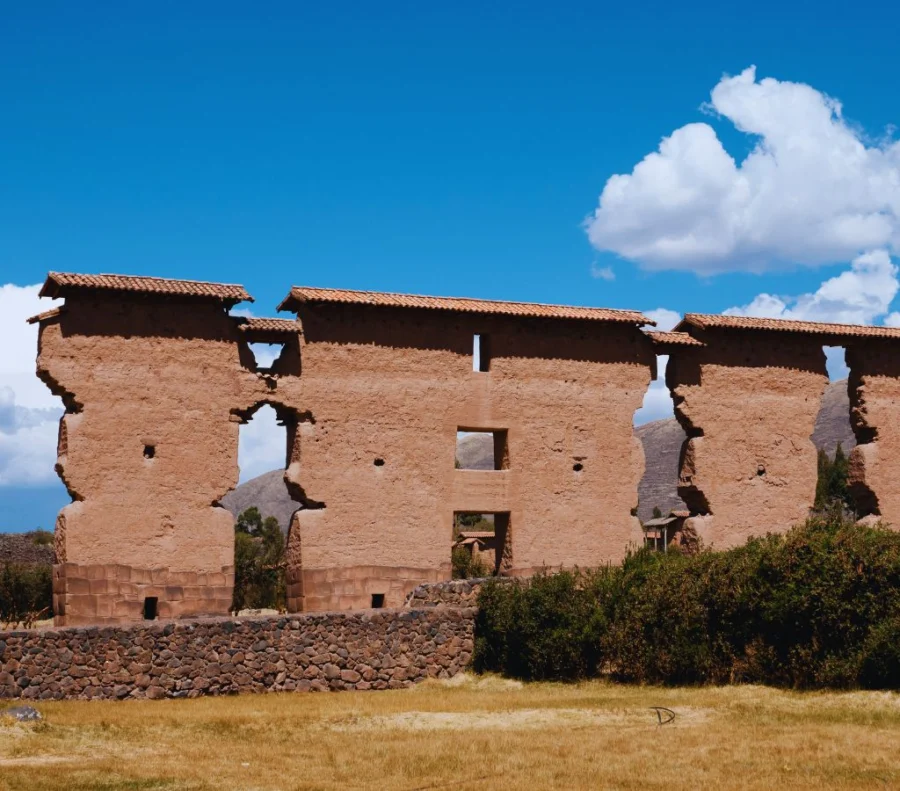
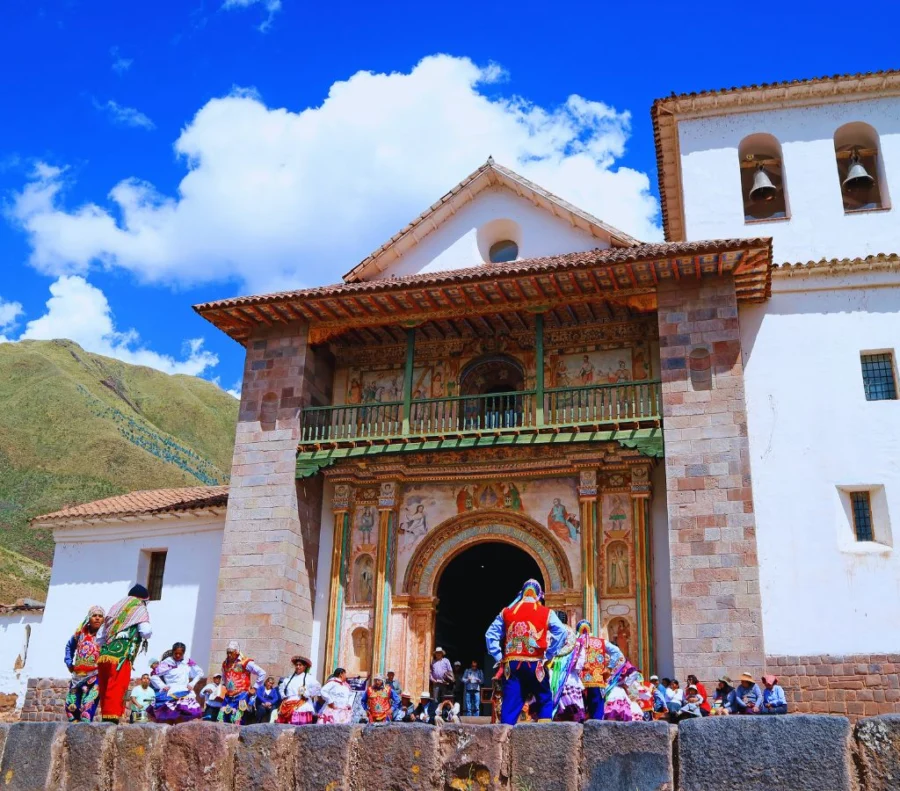
Here we were able to eat in a rural house in Raqchi, the very nice lady prepared a delicious meal, which consisted of an alpaca chicharron (something new for me) accompanied by its boiled potato, and its salad. It was a very atypical meal for me, but when I tasted the meat it was very delicious.
Our morning takes us to Chucuito, a temple renowned for its associations with fertility. Interestingly, the site features approximately 80 phallic structures of varying sizes, believed by some to aid in fertility.
Next, we head to Charcas Beach, a lesser-known location boasting stunning vistas, ideal for unwinding after our travels. It's like discovering a hidden gem nestled in the Peruvian highlands.
For those intrigued by Andean mysticism, we embark on a purification ritual in the waters of Mamacocha, led by a local healer known as a "curandero" or "paco" in the Andes.
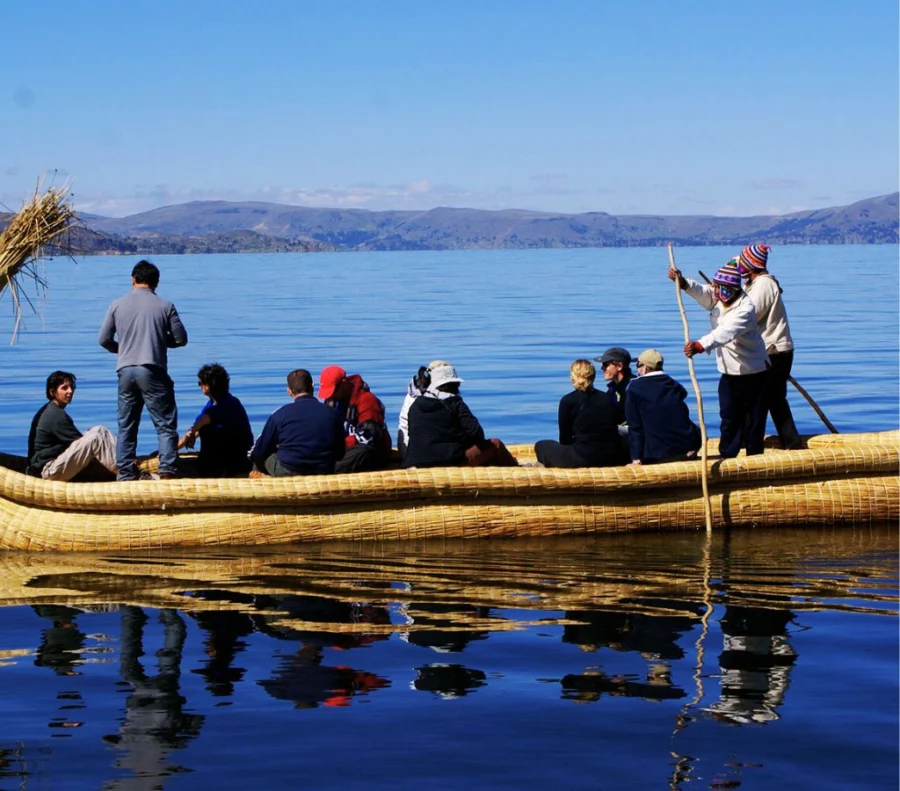
In this case we went for lunch at the country house in Puno, where they prepared a variety of traditional dishes of this place, what I liked the most was the fried trout with french fries and salad;
Today marks a truly magical experience as we journey to the mystical pre-Inca interdimensional portal of Amaru Muru. Departing early from Puno, we arrive at Amaru Muru, where our guides explain that our tour will be shamanic in nature, lasting approximately 2 and a half hours.
Navigating through a forest of stones, we reach the megalithic rock portal, a truly awe-inspiring site where one can connect with the spiritual realm. Witnessing individuals entering the interdimensional gateway on their knees to meditate and absorb its energies is a profound experience.
Legend has it that when the Spanish arrived in this region, a priestess and a priest named Amaru Muru fled to this "Devil's Portal" as it's sometimes called. It's believed that this portal swallowed the priests who sought refuge here along with the Inca solar disk, considered the key to accessing such realms.
Like other visitors, we partake in a ceremony and guided meditation to tap into the energies held within this sacred site. Upon our return to the city, there's a palpable sense of liberation, as if shedding layers of the past.
After having recharged our energy the previous day, we set out strong to visit the Cutimbo chullpas, as we were told that this was a cemetery with different hieroglyphics where we could find both huge and regular tombs.
Interestingly, there are two forms of construction; one might say that those with better structure belong to the noble class, while those found in the heights could belong to the common people. Here, we embarked on a shamanic journey and were able to closely observe what lies inside the Chullpas or as they knew them, Ukhu Pacha.
Later in the afternoon, we headed towards the port of Puno to board a boat and journey to the Uros Islands or floating islands. Here, the locals taught us how they weave the totora plant and then turn it into their homes. Additionally, the technique they demonstrated to ensure the floating capability of these islands was incredible, preventing them from sinking.
We were told that this technique was used by their ancestors in order to avoid invasion and the imposition of losing their culture by conquerors, in this case, the Incas. We spent a respectful time with the family that welcomed us, during which they shared all their wisdom and way of life.
It's time to return to the city of Puno, and I am saddened because this is my last night, as tomorrow I return to my country. I have grown so fond of this place that I wish to stay a few more days; it has beautiful streets, very kind and warm people, and what impresses me the most is its culture that still persists, despite the imposition of the Spanish.
Many people seek to transmit their culture through their textiles, gastronomy, visits to cultural centers, the experiential tourism we engaged in Puno, and more experiences that showcase their tradition and customs.
In this case the travel agency was in charge of the food, in which they prepared a traditional meal for us. The lunch was a buffet in which we were presented with a variety of dishes consisting of ceviche, aji de gallina, chicharrón and on the other side were their delicious desserts;
Very delicious dishes that you can hardly resist, the service was very good;
The agency I hired is Tierra de los Andes, who take me to Juliaca airport for my flight to Lima and then to my country. The day becomes somber because who knows when I will return to this country but always with the promise of coming back and learning more about this wonderful multicultural country.
Thus concludes my twelve-day adventure in these beautiful paradisiacal places of Cusco and Puno, reminding me of the importance of exploring new attractions, learning more about its culture, and appreciating the breathtaking beauty that our planet holds.
